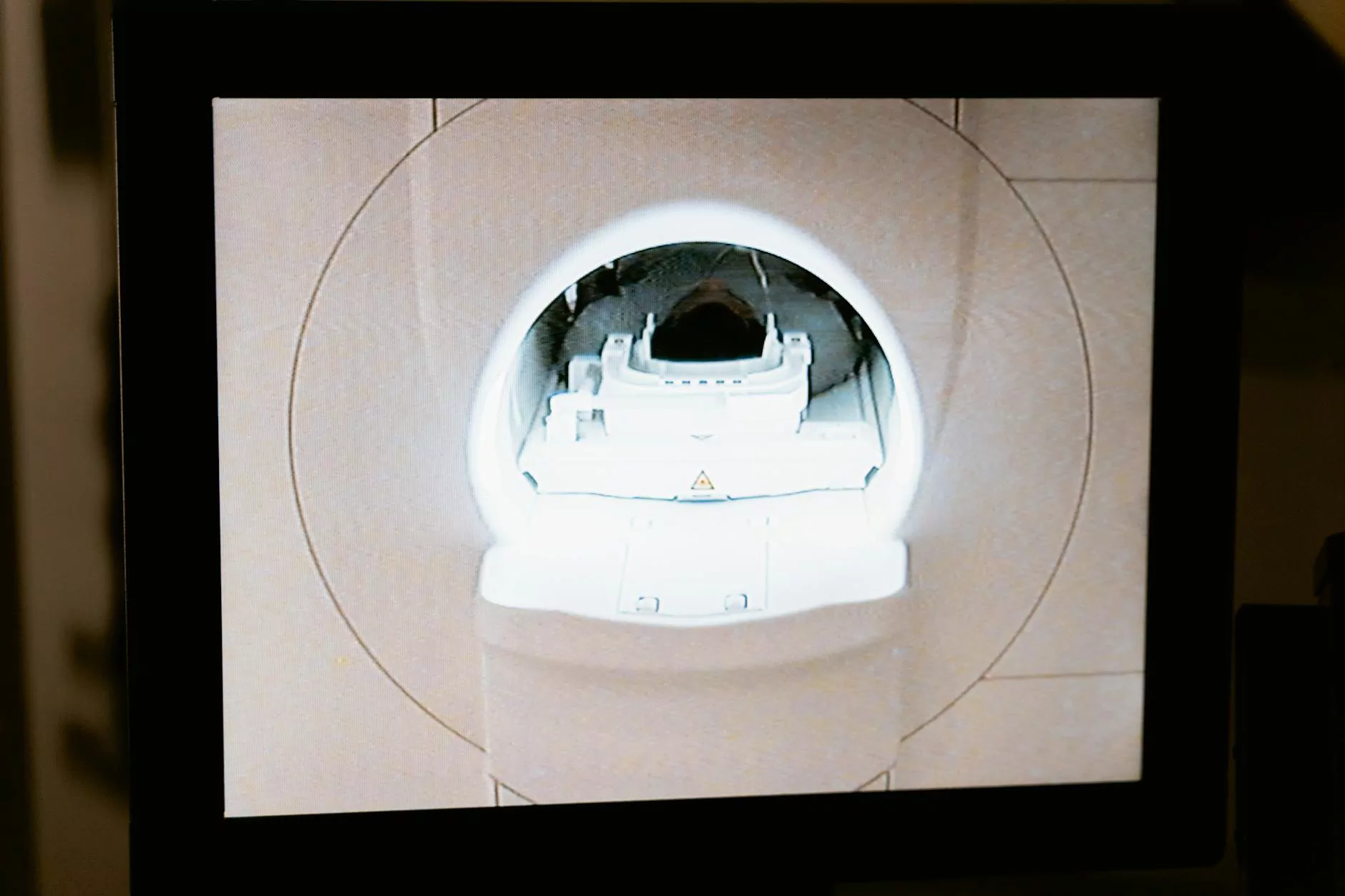Gout: Understanding, Managing, and Treating the Painful Condition
Health
An Overview of Gout
Gout, a common form of inflammatory arthritis, affects millions of people worldwide. This condition is characterized by sudden and severe attacks of pain, redness, and swelling in the joints, often starting with the big toe. It is caused by the accumulation of urate crystals in the joint, leading to inflammation and intense discomfort.
Causes and Risk Factors
Gout is primarily caused by high levels of uric acid in the blood, a condition known as hyperuricemia. Various factors contribute to the development of gout:
- Dietary choices: Consuming foods high in purines, such as red meat, seafood, and alcohol, can increase uric acid levels.
- Obesity: Being overweight or obese can lead to higher uric acid production and lower excretion.
- Genetics: Some individuals may have a genetic predisposition to gout.
- Medical conditions: Hypertension, diabetes, and kidney disease are associated with an increased risk of gout.
- Medications: Certain medications, like diuretics, can interfere with uric acid excretion.
Symptoms and Diagnosis
The symptoms of gout can be debilitating and affect daily activities. Common signs and symptoms include:
- Sudden and intense joint pain
- Swelling and inflammation
- Redness and warmth at the affected site
- Tenderness and increased sensitivity
To diagnose gout, healthcare professionals may perform a physical examination, analyze joint fluid through aspiration, and conduct blood tests to measure uric acid levels.
Treatment and Management
Treating gout involves a combination of medication, lifestyle changes, and self-care strategies. Kelley Tim PA-C provides expert advice on managing gout for optimal health:
- Medications: Anti-inflammatory drugs, corticosteroids, and urate-lowering medications are commonly prescribed to relieve pain, reduce inflammation, and lower uric acid levels.
- Dietary modifications: Avoiding purine-rich foods, reducing alcohol consumption, and maintaining a healthy weight can help manage gout.
- Fluid intake: Drinking plenty of fluids, especially water, promotes uric acid excretion.
- Exercise: Regular physical activity can help maintain a healthy weight, improve joint function, and reduce the risk of gout flare-ups.
- Rest and elevation: Resting the affected joint and elevating it can alleviate pain and swelling.
Prevention and Outlook
Although gout can be a chronic condition, proper management can significantly reduce the frequency and severity of attacks. By following a personalized treatment plan and making lifestyle adjustments, individuals with gout can lead active and fulfilling lives.
Expert Care for Gout: Kelley Tim PA-C
Trust Kelley Tim PA-C, an experienced healthcare professional specializing in the management of gout. With a comprehensive understanding of the condition, Kelley provides expert advice and personalized treatment plans to help individuals regain control of their health.
Don't let gout control your life. Contact Kelley Tim PA-C today to schedule a consultation and take the first step towards effective gout management.










